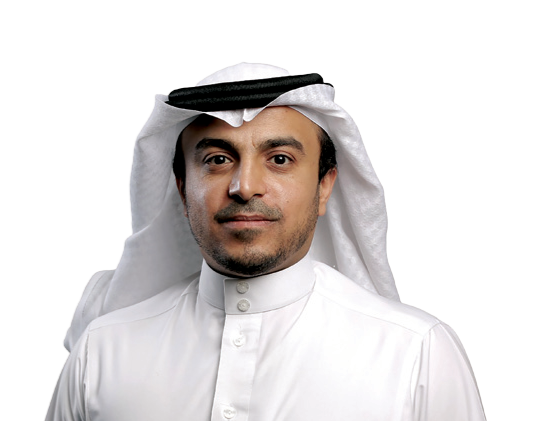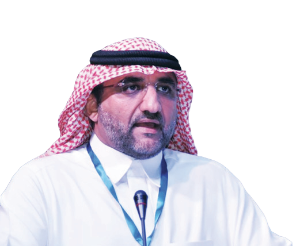RIYADH: Al-Ahsa, the world’s largest date palm oasis, is generating a new era of prosperity following the launch of a new development authority.
On May 12, the Kingdom formed the board of directors for the Al-Ahsa Development Authority, headed by Prince Ahmed bin Fahd bin Salman, deputy governor of the Eastern Province.
The move aims to enhance the governorate’s potential while helping develop the tourism, heritage and cultural aspects of Al-Ahsa.
The authority will create a balanced and sustainable development environment that supports the governorate’s economy and promotes development, modernization and diversity, according to the state press agency.
“The decision reflects the leadership’s keenness to invest in the comparative advantage of Al-Ahsa and to utilize it in economic projects that will align with Vision 2030,” Ibraheem Alshekmubarak, secretary-general at Al-Ahsa Chamber of Commerce, said in an exclusive interview with Arab News.

Ibraheem Alshekmubarak
The city of 1.3 million people was included in the UNESCO Creative Cities Network in 2018.
UNESCO said: “The city has an ancient tradition of handicrafts, considered cultural and social practices passed on from generation to generation.
“Around 50 expressions of crafts and folk art have remained throughout the city’s history and bear witness to Al-Ahsa’s scenic wealth, including textiles from palm trees, pottery, weaving and joinery.”
Boosting tourism
The governorate hosts 36 weekly open markets and stages several festivals a year.
“When we talk about tourism in Al-Ahsa, we are talking about agricultural, heritage and natural tourism,” Alshekmubarak said.
In February 2022, the Ministry of Tourism launched a high-profile investment conference in the city called Destination Tomorrow.
The conference showcased Saudi destinations to local investors and international operators.
“Post pandemic, people are a little bit more conservative internationally regarding cross-border investment. But we are proving to be a destination attracting quite a decent amount of interest,” Mahmoud Abdulhadi, Saudi Arabia’s deputy minister for investment attraction, told Arab News.
The Kingdom seeks to generate 10 percent of the gross domestic product from the tourism sector and to attract over 100 million visitors by the end of this decade, creating an additional 1 million jobs in the sector.
“We want to make the sector stand on its own two feet. So we are keen on large private sector investment to come in, even as we are mindful that the whole sector is built on small and medium enterprises,” added Abdulhadi.
The city’s chamber of commerce led several initiatives to support SMEs, monitoring the sectors most affected by the pandemic to keep them formulating plans and drawing strategies that help them overcome the damage.
“Al-Ahsa Chamber organized a set of development initiatives and advisory services provided to entrepreneurs through the Prince Ahmed bin Fahd bin Salman Center for Business Development,” Alshekmubarak added.
Airport expansion
Al-Ahsa airport’s capacity will more than double the expectations of fast regional growth, Fahad Alharbi, the CEO of Dammam Airports Co., said in an earlier interview with Arab News.
The city’s airport has a capacity of around 400,000 passengers but aspires to reach 1 million, Alharbi added.
Saudi Aramco mainly uses the facility, but before the pandemic struck, there was commercial activity from two or three local destinations and another two or three international sites.
“With the economic and tourism boom expected in Al-Ahsa, the development of Al-Ahsa International Airport is the most in need of projects at present,” said Alshekmubarak.
Business destination

Essam Al-Mulla
The city is already growing in businesses as the Ministry of Municipal Rural Affairs and Housing announced in June that the investment opportunities in the city increased by 53 percent in 2021, with 362 available options on its online portal.
The total value of these investments exceeded SR275 million, Essam Al-Mulla, the mayor of Al-Ahsa, told Arab News.
The available opportunities in the portal in 2022 already reached 112 investments, said the Saudi Minister of Municipal Rural Affairs and Housing Majid Al-Hogail, according to the Saudi Press Agency.




























